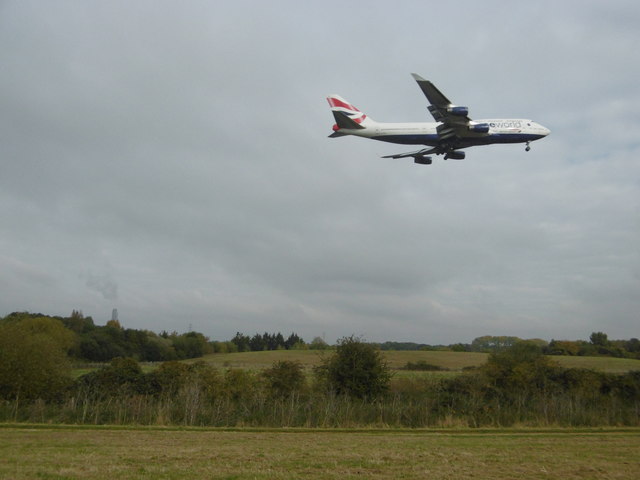If you’re off on you holidays at this time of year, there’s a chance you’ll be attempting to get somewhere abroad, and thus travelling by air. Our blind accessibility assessor, Alan, takes us through what it’s like for a disabled person on a plane.
Physical Trip by Air:
The way to go further and get there quicker and getting faster is by travelling by air, as long as it is accessible for all.
Now personally I have not travelled via air that much and this has been when I have been blind. However, I have heard of many experiences and have some views of my own.
Booking Assistance
The airport staff that assisted me on all my journeys were very helpful and had no problem with getting on, or off the plane.
An interesting concept when arriving in Canada with assistance booked. The policy in Canada is that everyone that needs assistance has to have a wheelchair and the assistant pushes you where you need to go. In one way, this is a good idea especially for the staff, as everyone is treated the same, whether blind or has a mobility impairment. Looking at it, I know two other people that are blind and we all have our preferences of being helped/guided and there are a lot of mobility impairments that may request different sorts of help, so in my opinion a good idea.
However, other people I have spoken to, disagree, saying that “I can’t see, not can’t walk.” These are different views and I suppose it is how you view your impairment and the assistance you want, but perhaps some compromise needs to be taken with everyone needing assistance, so we all need to work together.
Damaged/Lost Wheelchairs
I think one of the main problems reported, is damaged wheelchairs, or lost ones. People have been left on planes, having to use wheelchairs that are not designed for them, or even crawl through the airport, as their wheelchair has been lost.
It is strange and perhaps reflects some people’s attitudes towards disability.
It is only now that the airport/plane industry is putting in training on the importance of assisting and taking care of equipment used by someone who has a disability. The reason why! Is it is costing them more money in compensation/insurance. Therefore, a training day on ‘how to look after a passenger’s luggage’. However, is this not just common sense? Whether it is a small case, a child’s buggy, or more life-affecting equipment of a wheelchair.
Purple Pound
Is it I, but if money comes as an impact to accessibility, such as this one, or the purple pound, then something seems to happen, it is only when an impact has happened, then change follows.
Many barriers in travel need not be, it just needs a little more thought and a lot of time, little money, if any.
One thing that may be an idea and will not cost much, is the emergency procedure in a plane form self and perhaps other disabilities, is have a section on the web site as well. If it is made accessible, then the majority of people will know where they are sitting and can get an accessible knowledge of the emergency procedure.
Travelling by Air – Useful Links
Please find below some links to stories that show some of these issues, although please remember that a great number of people fly and don’t have any problems and enjoy the experience, it just impacts someone with a disability when it does not go to plan due to human action.
Wheelchair user sues Luton airport after dragging himself through terminal | UK news | The Guardian







